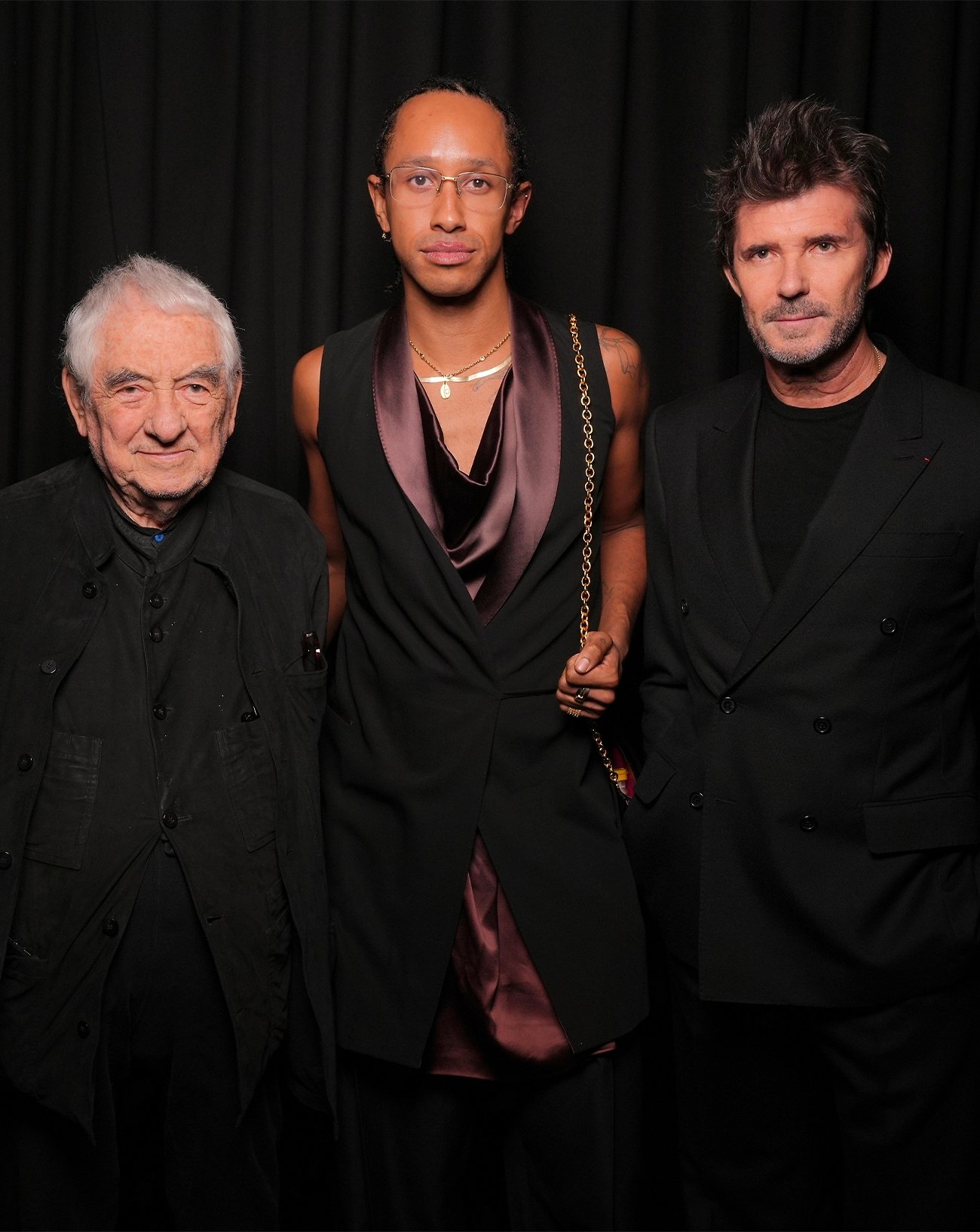Continue Reading

Continue Reading


On Wednesday 22nd and Thursday 23rd of October 2025, Paul-Emmanuel Reiffers, founder and president of Reiffers Initiatives and Mazarine Group, inaugurated the exhibition of the fifth edition of the Reiffers Initiatives…

Piatkus Fiction has acquired The Sharma Sisters by Rachael Fernandes, a British-Indian reimagining of Little Women, scheduled for publication in April 2026.
Editor Tanisha Ali acquired world all-language rights from Callen Martin, on behalf of…

A critical security flaw in BIND 9 resolvers has been disclosed, potentially allowing attackers to poison DNS caches and redirect internet traffic to malicious destinations.
Tracked as CVE-2025-40778, the vulnerability affects over 706,000…

[{“nid”:0,”name”:”Products & Solutions”,”tid”:0,”url_str”:”https://www.siemens.com/global/en/products.html”,”alias”:”https://www.siemens.com/global/en/products.html”,”level”:1,”image”:{“fid”:false,”furl”:””},”options”:{“menu_icon”:{“fid”:false},”external”:true},”depth”:1,”parent”:false,”children”:[]},{“nid”:0,”name”:”Industries”,”tid”:1,”url_str”:”https://xcelerator.siemens.com/global/en/industries.html”,”alias”:”https://xcelerator.siemens.com/global/en/industries.html”,”level”:1,”image”:{“fid”:false,”furl”:””},”options”:{“menu_icon”:{“fid”:false},”external”:true},”depth”:1,”parent”:false,”children”:[]},{“nid”:0,”name”:”Company”,”tid”:2,”url_str”:”https://www.siemens.com/global/en/company.html”,”alias”:”https://www.siemens.com/global/en/company.html”,”level”:1,”image”:{“fid”:false,”furl”:””},”options”:{“menu_icon”:{“fid”:false},”external”:true},”depth”:1,”parent”:false,”children”:[]}]

Researchers from Heriot-Watt University have released striking images of an asteroid impact crater hidden deep beneath the floor of the Atlantic Ocean.
These images confirm that the 9 km (~5.6 mile) wide Nadir Crater, lying about 300 meters…

Researchers from Heriot-Watt University have released striking images of an asteroid impact crater hidden deep beneath the floor of the Atlantic Ocean.
These images confirm that the 9 km (~5.6 mile) wide Nadir Crater, lying about 300 meters…